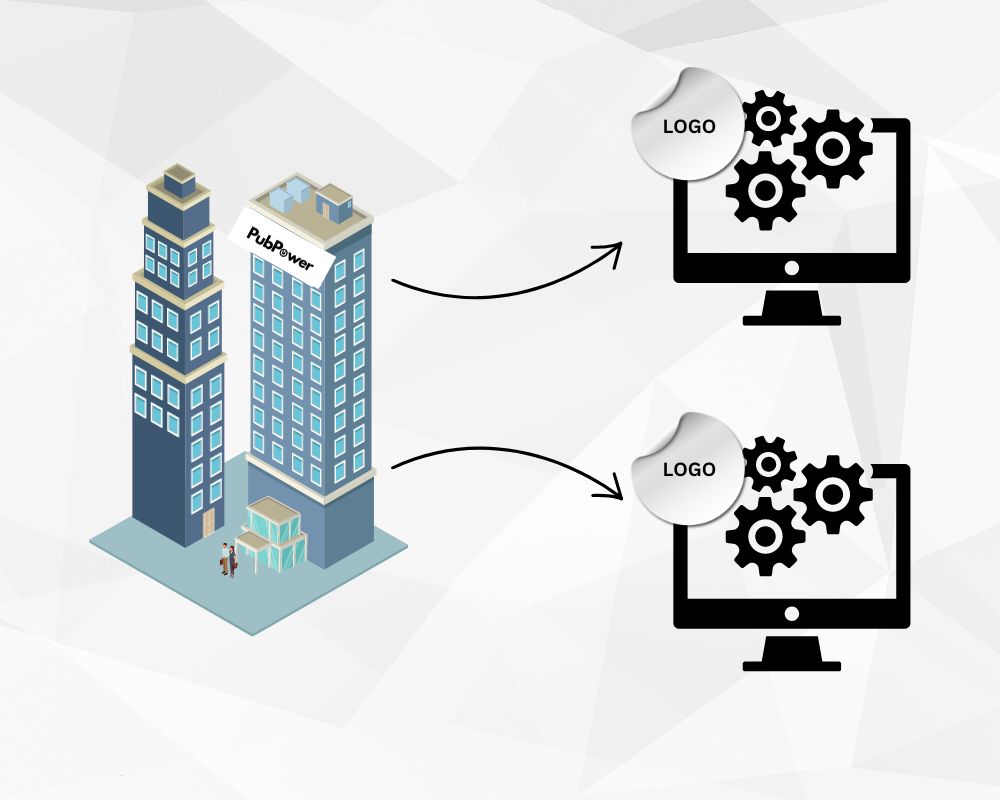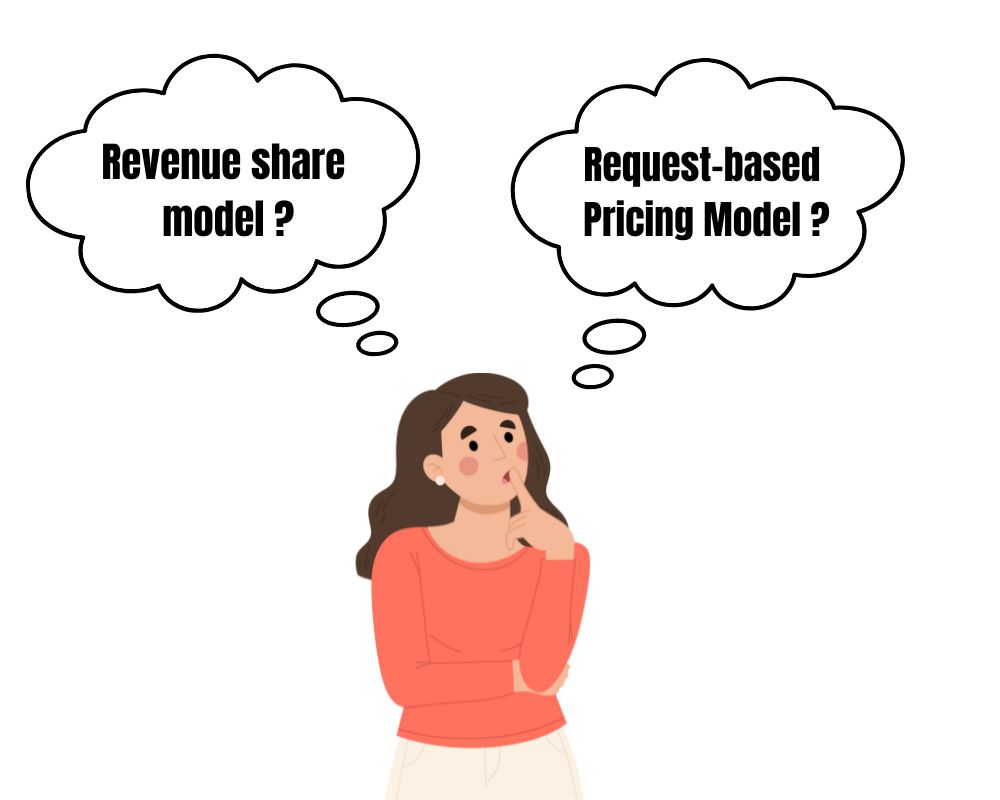PubPower's White-label: Revenue-Share and Request-Based Price Models
Linda Watson
Last Update 10 maanden geleden

PubPower's white-label solution offers a powerful, customizable ad tech platform tailored specifically for ad networks. It allows ad networks to utilize our advanced technology to enhance their ad capabilities and monetize their traffic effectively.
Besides that, PubPower also provides Adnetwork with a huge source of demand via our solid relationship with all the biggest SSPs, Ad exchanges, and direct advertisers in the advertising industry. For all ad networks that use our demand source to monetize their inventory, we work based on the revenue share price model.
However, we understand that some ad networks may prefer to use their own demand partners instead of ours. For these scenarios, we have established a request-based price model to cover the costs associated with handling their ad requests on our platform. In this article, we will help you make it clear with these 2 price models, our payment terms for each model, and the process of monthly invoices.
Revenue share Pricing Model
For ad networks that utilize PubPower’s demand sources, we operate on a revenue-sharing basis. Under this model, ad networks receive 90% of the revenue generated from their traffic by our demand partners, while PubPower retains 10%.
At the end of the month, according to the report, PubPower will release the payment to ad network according to Net-30 term. This means PubPower will send ad network the payment for a month after a calendar month.

Request-based Pricing Model
For ad networks that choose not to use PubPower's demand partners, of course, they receive 100% revenue from their demand source and PubPower doesn’t get to share any, instead, we implement a server fee based on the volume of ad requests processed through our platform. This fee structure ensures that our system remains sustainable while providing top-tier service to all our clients.
Our server fee is calculated on a CPM (cost per thousand impressions) basis, with the cost per ad request decreasing as the volume increases.
Monthly Invoicing and Payment Terms:
At the end of each month, our system will automatically calculate the total number of ad requests for each ad network and generate an invoice based on the applicable CPM rate. This invoice will be sent to the ad network and ad network has to handle it within 30 days from the invoice date.
If the ad network fails to fulfill its payment obligation within 45 days, we will deactivate its account. This measure ensures that our platform remains fair and operational for all users.
So, What if we use both pricing models?
For ad networks that monetize part of their inventory with PubPower's demand partners and the other part with their own demand partners, we offer a tailored fee adjustment:
Revenue Share Invoice: PubPower will issue an invoice reflecting the revenue owed to the ad network based on the earnings from PubPower's demand partners for the traffic on the ad network's websites.
Server Fee Invoice: PubPower will issue an invoice detailing the server fees that the ad network must pay, based on the volume of ad requests processed by our system for traffic monetized exclusively by the ad network's own demand partners.
At the end of each month, we will reconcile these two invoices.
- If the revenue owed to the ad network exceeds the server fees, PubPower will pay the remaining balance to the ad network according to the Net-30 payment term.
- Conversely, if the server fees exceed the revenue owed, PubPower will issue an invoice for the difference, which the ad network must pay within 45 days from the invoice date.
By offering this comprehensive and flexible billing structure, PubPower aims to provide ad networks with the best tools to maximize their revenue while ensuring fair compensation for the resources used on our platform. We are committed to supporting our clients' success through innovative solutions and transparent business practices.

